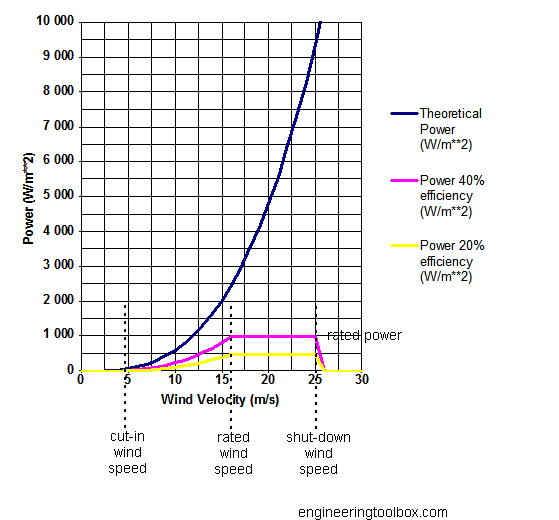Yeah, but if you have no wind or low wind like most of us even when its cloudy then a wind turbine is making squat too so thousands spent for no reason.5 days of clouds=squat from pv. A wind turbine could save your ass if you're off grid. It will be thousands cheaper than 5 days worth of batteries. No math necessary.
Nobody here is saying dont use a turbine if you are in a windy area but the reality is that most are not.
Do you have a decent amount of wind at your location?



